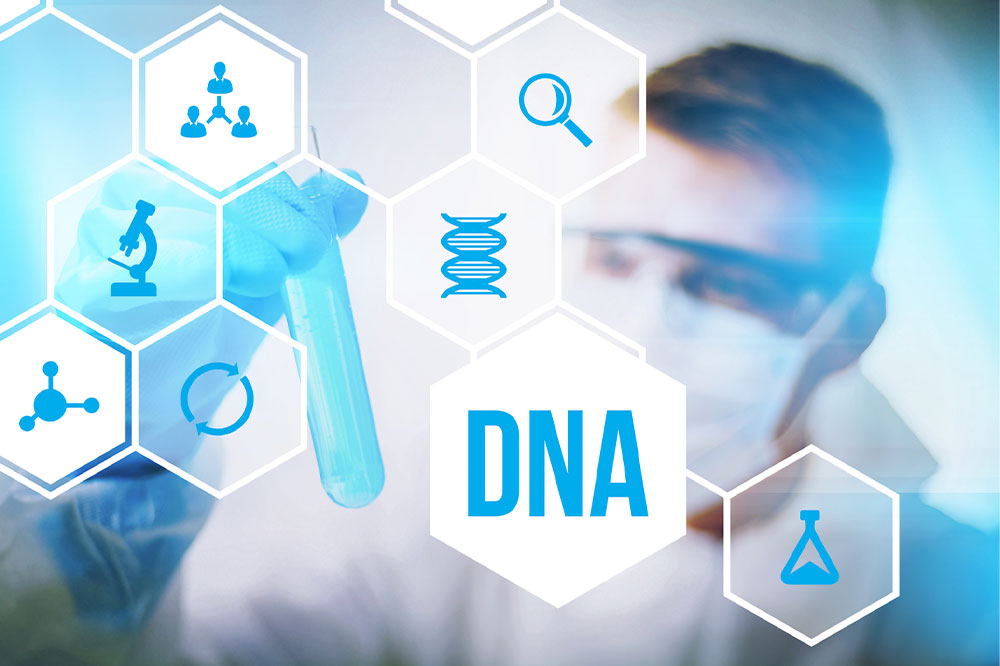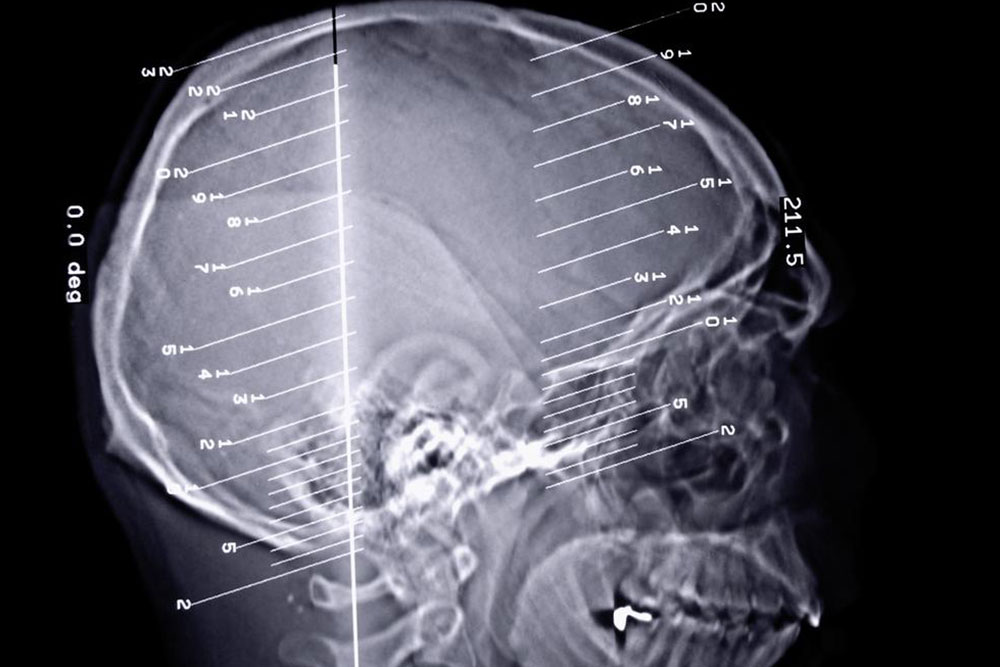Advantages and Limitations of Cost-Effective Genetic Testing
This article explores the advantages and disadvantages of affordable genetic testing. It highlights how such tests can offer early disease detection and legal protections while emphasizing limitations like scope, accuracy, and physical risks. Understanding these factors helps individuals make informed health decisions and navigate genetic testing options effectively.

Advantages and Limitations of Cost-Effective Genetic Testing
Genetic testing, also called DNA analysis, is a crucial method to assess the likelihood of developing certain health conditions. Affordable genetic testing simplifies the process for individuals, typically involving a blood or saliva sample collected at a clinic or hospital, followed by laboratory analysis. This testing acts as a blueprint to forecast illnesses ranging from Alzheimer's to various cancers. However, genetic testing involves complexities, and the results can be challenging to interpret, especially if unexpected conditions are identified. Consulting healthcare professionals is essential for understanding these results.
Below are some benefits and drawbacks of affordable genetic testing:
Pros of affordable genetic testing
Knowledge – One main motivation for genetic testing is understanding the risk of developing certain diseases. Specialists analyze DNA sequences to identify disruptions or anomalies, allowing doctors to detect potential health issues early, even before symptoms emerge. This early detection enables preventative measures that can reduce fatal outcomes.
Reduced uncertainty – For individuals worried about inheriting specific conditions, affordable genetic testing can alleviate anxiety. Testing family members’ DNA helps identify inherited risks. Medical professionals often recommend testing relatives to assess familial health vulnerabilities.
Proactive health management – Diagnosing potential issues before symptoms appear is highly valuable. Certain genetic markers can influence how patients respond to treatments, prompting personalized medical strategies. Early diagnosis through genetic testing guides doctors in implementing preventive interventions.
Protection against discrimination – Results are stored in medical records, providing legal safeguards under laws like the Genetic Information Nondiscrimination Act of 2008. This law prevents employment discrimination and unfair treatment from insurance providers based on genetic data.
Cons of affordable genetic testing
Eligibility constraints– Genetic testing is complex and not universally accessible. While at-home kits are available, their accuracy may be limited compared to professional lab tests. Eligibility often depends on family history of genetic conditions, as testing targets specific inherited genes.
Limited scope– Genetic testing is targeted, not comprehensive, and does not cover all health aspects. It focuses on specific genes related to known conditions, such as BRCA genes for breast cancer risk, rather than conducting a full-body health assessment.
Incomplete insights– Tests reveal potential risks but cannot determine the severity or certainty of developing a condition. Negative results do not entirely rule out risks, possibly prompting further and costly testing. Treatment options based on early diagnosis may remain limited.
Physical risks– Although generally safe, some procedures, especially prenatal tests involving amniocentesis, carry risks like miscarriage. Blood or saliva samples are minimally invasive, but more complex tests involve additional physical considerations.










